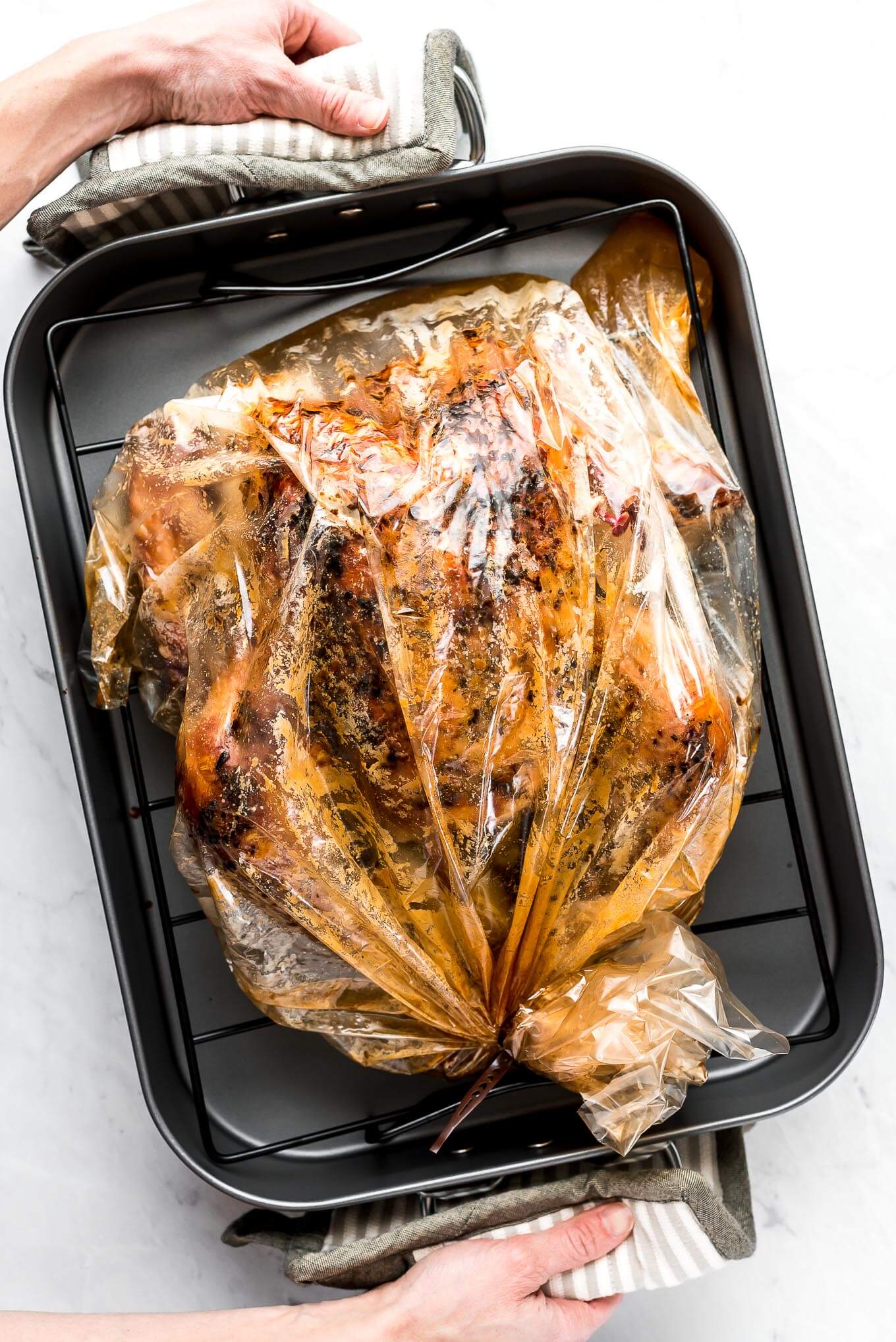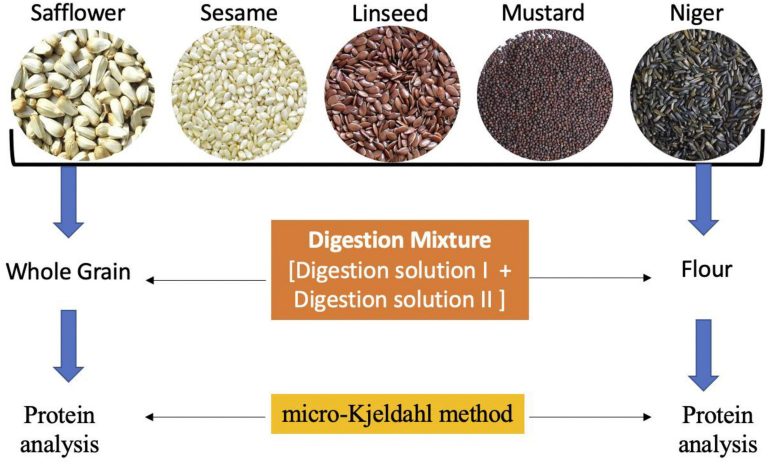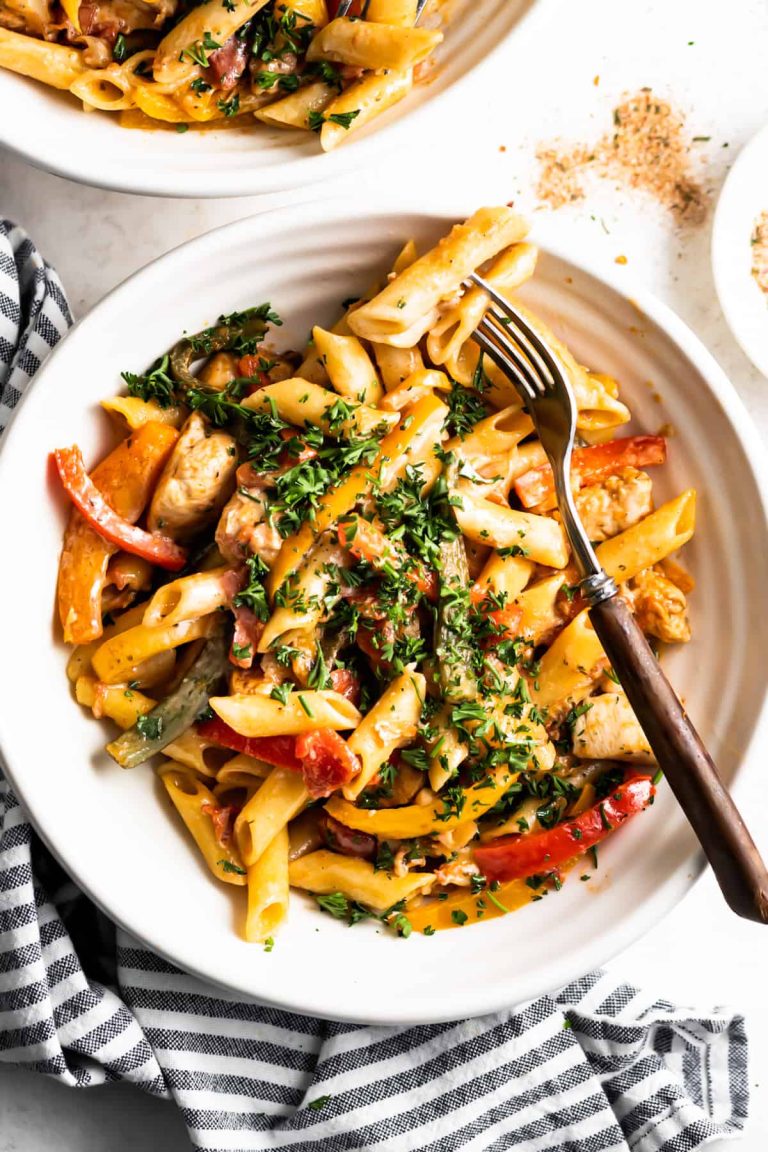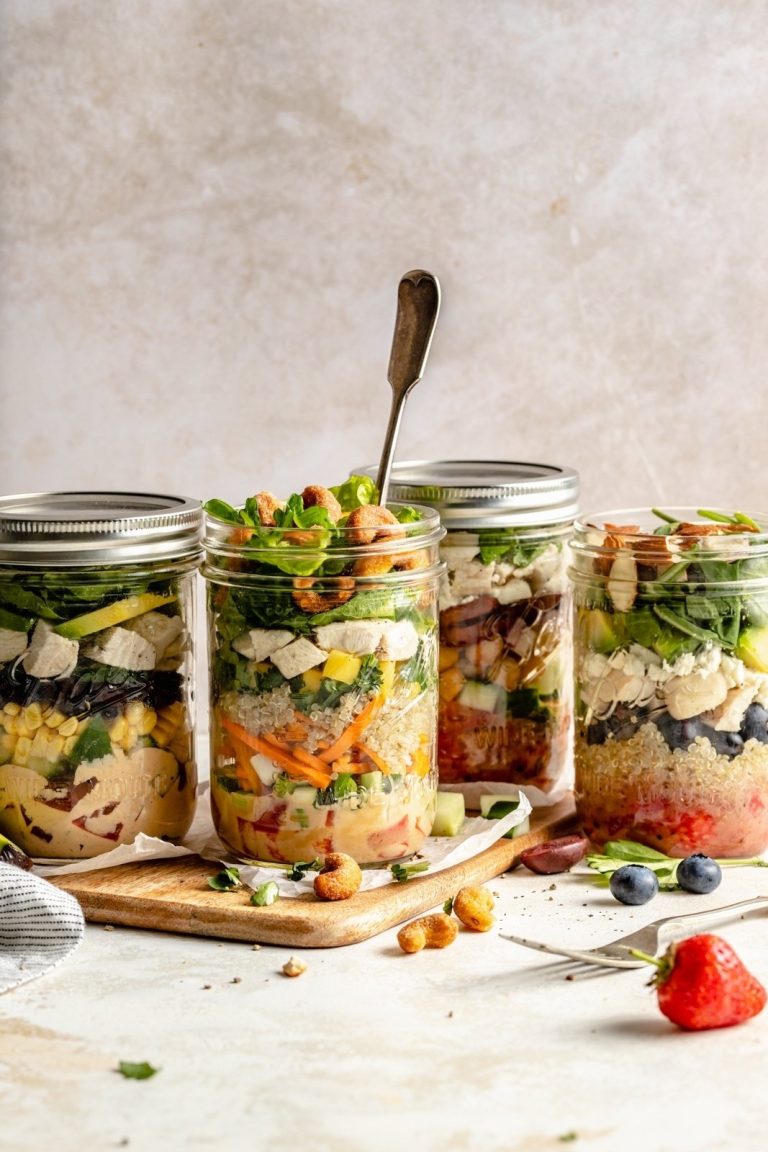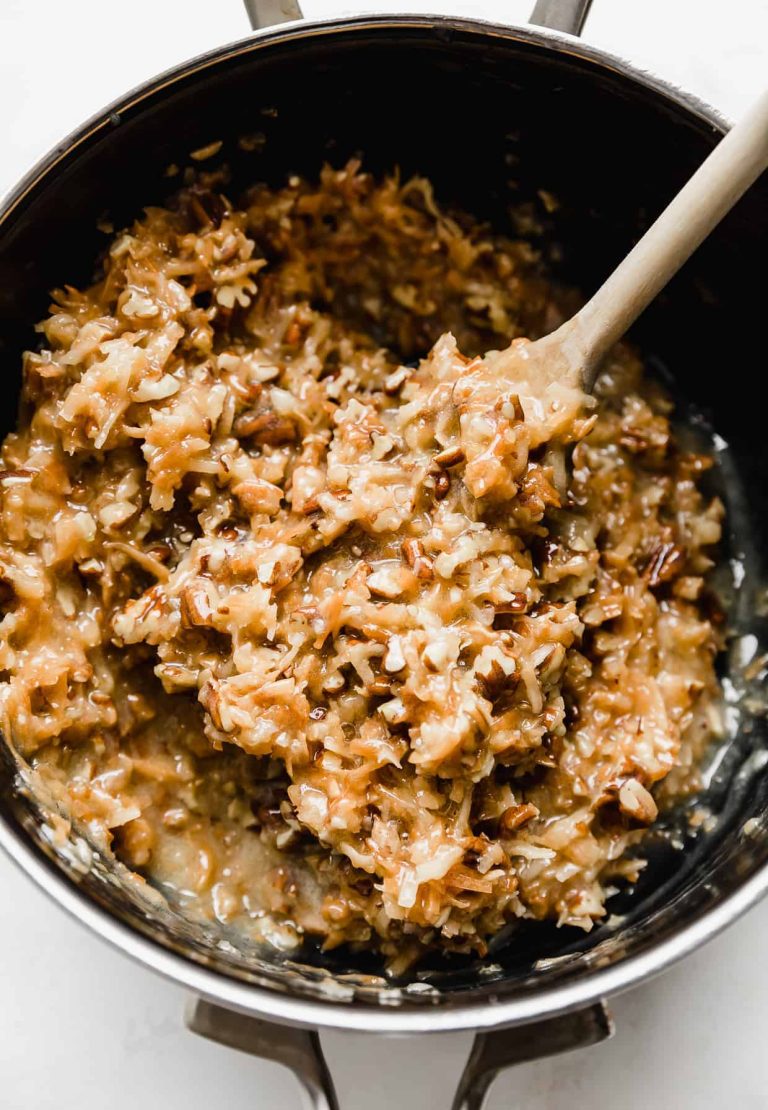Turkey in a Bag: Easy, Flavorful, and Faster Cooking Method
“Turkey in a bag” has become widely popular, particularly during Thanksgiving. This method originated from the need for an easier, fail-proof cooking process that ensures a moist and flavorful turkey. Oven-safe cooking bags, pioneered by brands like Reynolds, gained traction in the late 20th century. These bags quickly became a kitchen staple, supported by both amateur cooks and professional chefs.
How It Differs From Traditional Turkey Cooking Methods
Traditional turkey cooking methods often involve roasting the bird uncovered, basting it frequently to maintain moisture. Cooking “turkey in a bag” eliminates the need for basting. The oven-safe bag traps steam and juices, creating a self-basting environment. This method results in a tender, juicy turkey with less monitoring and lower chances of drying out. Using a bag also distributes the turkey’s juices evenly, enhancing flavor without additional effort. Furthermore, it reduces cleanup time, as the bag confines the splatters and drippings within it.
By adhering to these structured subheadings and succinctly delivering essential information, this section complements the broader context of making “Turkey in a Bag” an accessible and reliable cooking technique.
Benefits of Cooking Turkey in a Bag
Moisture and Flavor Retention
Cooking a turkey in a bag ensures the bird retains moisture and flavor. The oven-safe bag acts as a moisture-locking vessel, trapping steam inside. This self-basting environment means no need to open the oven and manually baste. Consequently, the turkey stays juicy throughout the cooking process. For example, adding herbs or spices to the bag enhances the bird’s flavor profile, as they infuse directly into the meat.
Reduced Cooking Time
A significant benefit of using a cooking bag is the reduced cooking time. The enclosed environment inside the bag promotes even heat distribution. This accelerates the cooking process compared to traditional roasting methods, cutting overall cooking time by approximately 20%. For a standard 12-pound turkey, this can translate to nearly an hour saved, which makes meal preparation more efficient and less stressful.
By opting for the “Turkey in a Bag” method, you achieve a moist, flavorful bird while also saving time, making this technique a convenient option for holiday meals.
How to Cook Turkey in a Bag
Necessary Materials
To cook a turkey in a bag, gather these materials:
- Turkey: Choose a turkey weighing between 12-16 pounds.
- Oven Bag: Purchase a large, turkey-sized oven bag.
- Seasonings: Use herbs such as rosemary, thyme, and sage, along with salt, pepper, and garlic.
- Vegetables: Include carrots, onions, and celery for added flavor.
- Flour: Use 1 tablespoon to coat the inside of the bag.
- Cooking Tray: Use a sturdy roasting pan or baking dish.
- Meat Thermometer: Ensure the turkey cooks to the correct internal temperature.
- Butter or Oil: Apply to the turkey skin for crispiness.
- Preheat Oven: Set your oven to 350°F.
- Prepare Turkey: Remove giblets and rinse the turkey. Pat it dry with paper towels.
- Season Turkey: Rub turkey with butter or oil. Season inside and out with herbs and spices.
- Prepare Baking Bag: Add 1 tablespoon of flour to the oven bag, shake it to distribute.
- Fill Bag: Place prepared vegetables in the bag and then add the seasoned turkey.
- Seal Bag: Use the provided tie to close the bag securely. Cut six half-inch slits in the bag for steam to escape.
- Place in Pan: Set the bagged turkey in a large roasting pan.
- Cook Turkey: Place the roasting pan in the oven. Cook for about 2.5-3 hours, depending on the turkey’s weight.
- Check Temperature: Insert a meat thermometer into the thickest part of the thigh without touching the bone. It should read 165°F.
- Rest Turkey: Let the turkey rest for 15-20 minutes before carving.
By following these steps, you’ll ensure a juicy, flavorful turkey with minimal hassle.
Comparing Traditional Roasting to Turkey in a Bag
Taste Comparison
Traditional roasting typically results in a crispy, golden-brown skin due to direct heat exposure. However, it can lead to dry meat if not managed carefully. Turkey in a bag, on the other hand, locks in moisture, ensuring the meat remains juicy and tender. The bag creates a self-basting effect, distributing juices evenly throughout the bird. You might miss the crispiness with the bag method, but the enhanced juiciness often outweighs this minor drawback.
Nutritional Differences
Cooking methods impact nutritional content. Traditional roasting allows fat to drip off, reducing calories and fat content in the turkey. Conversely, cooking in a bag retains more juices, potentially maintaining fat and caloric content. However, it also preserves more nutrients, such as B vitamins and minerals, which might otherwise be lost during longer cooking times. To optimize health benefits, choose lean turkey cuts and minimize added fats or oils in both methods.
Conclusion
Choosing the “Turkey in a Bag” method offers a straightforward way to achieve a moist and flavorful turkey without the hassle. This technique not only simplifies the cooking process but also ensures your turkey retains its juices and nutrients. By opting for this method, you can enjoy a deliciously juicy turkey with minimal effort and cleanup. Whether you’re seeking convenience or aiming for a healthier meal, “Turkey in a Bag” is a reliable and efficient option for your next holiday feast.
